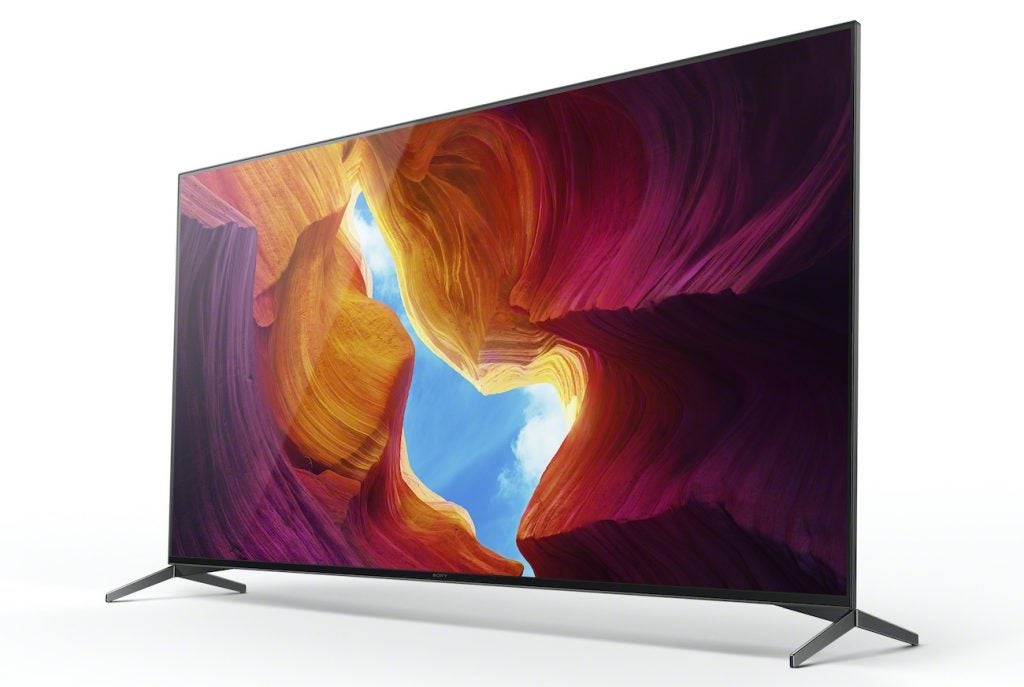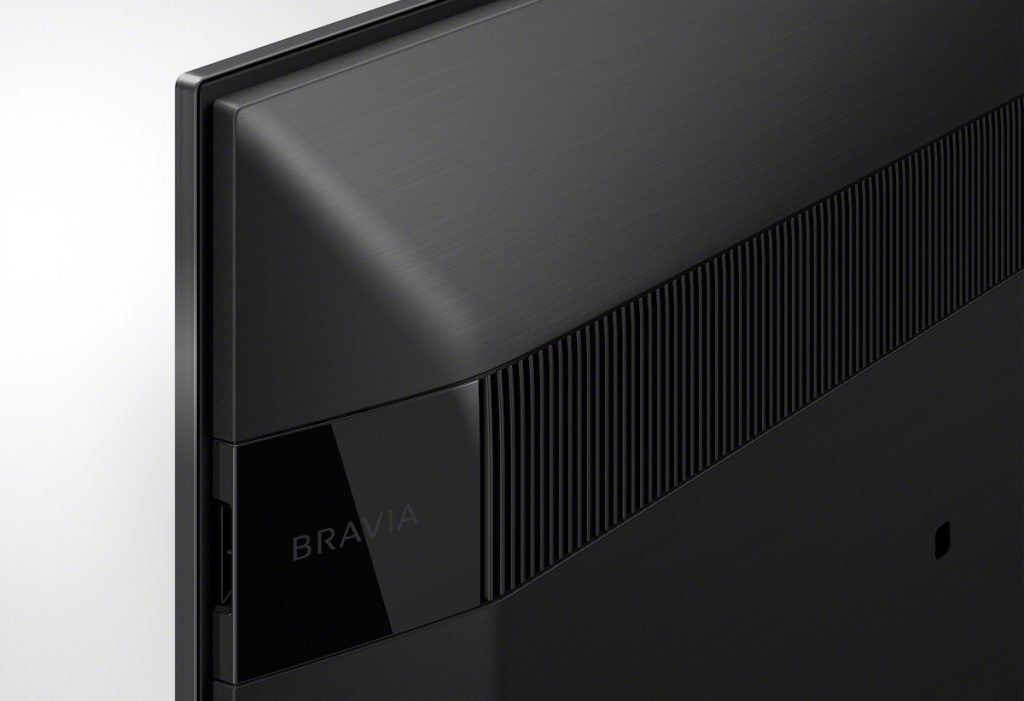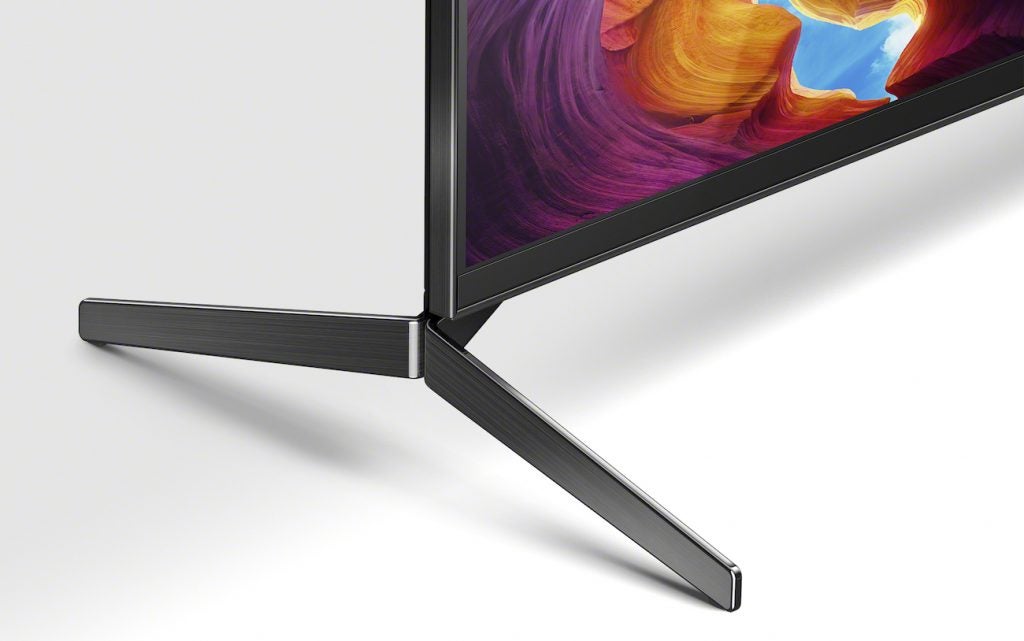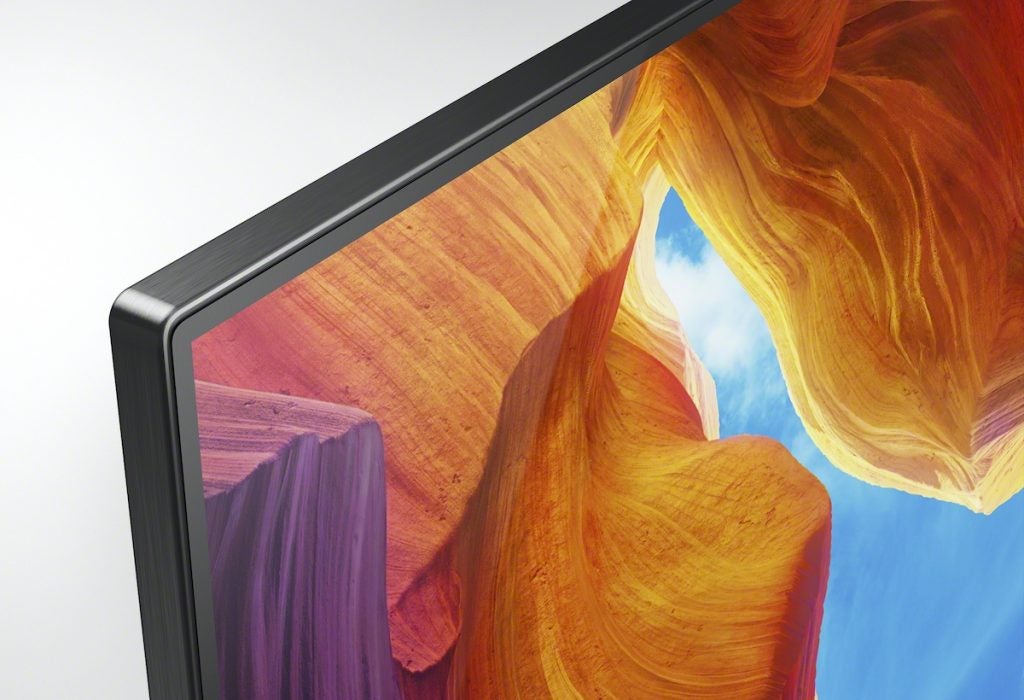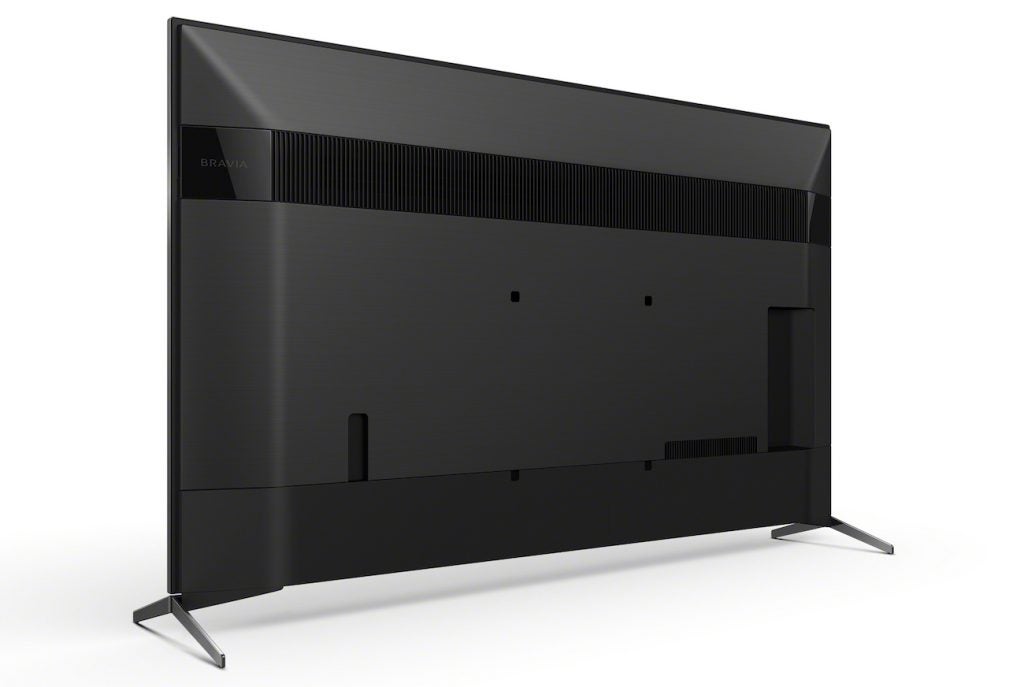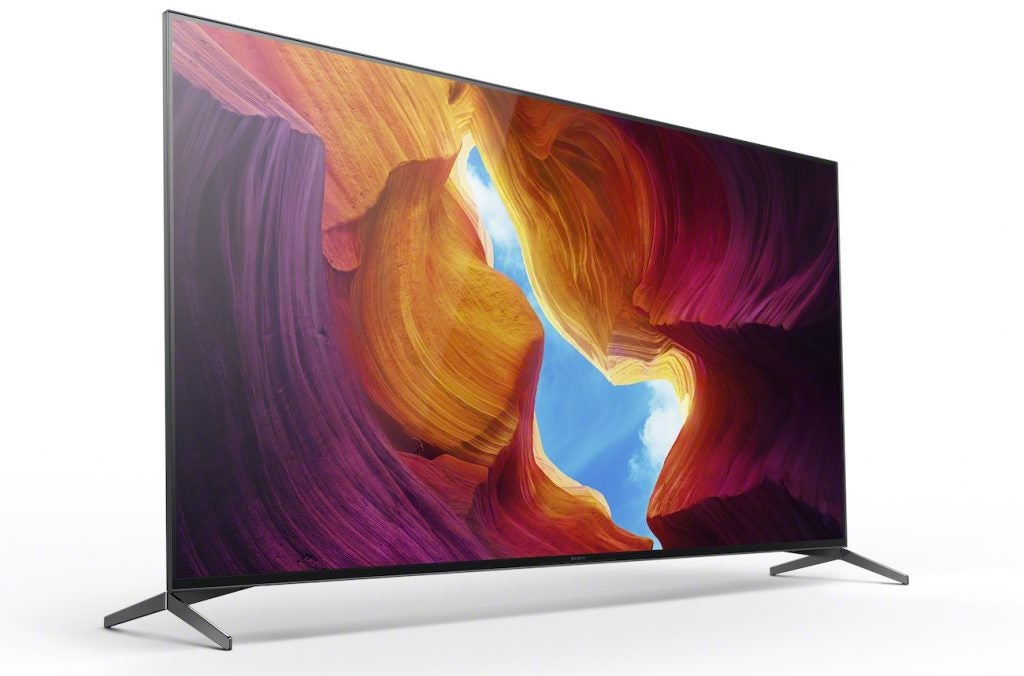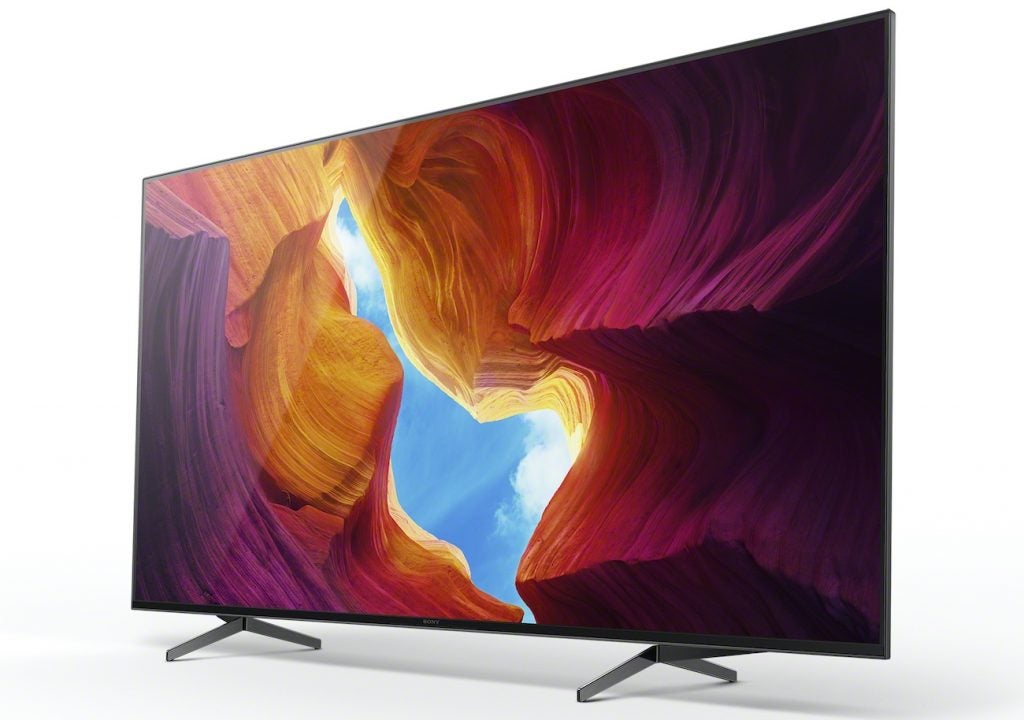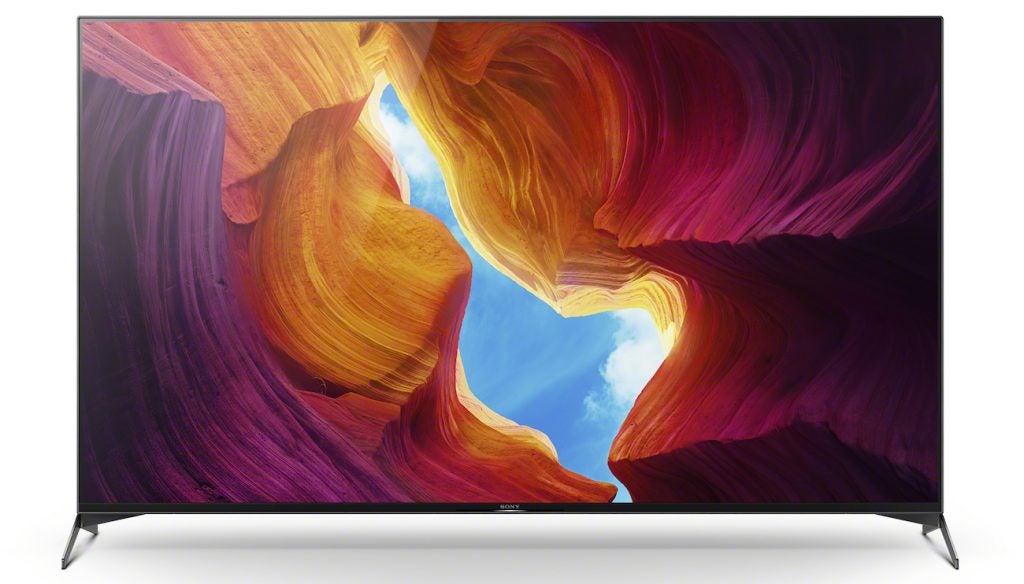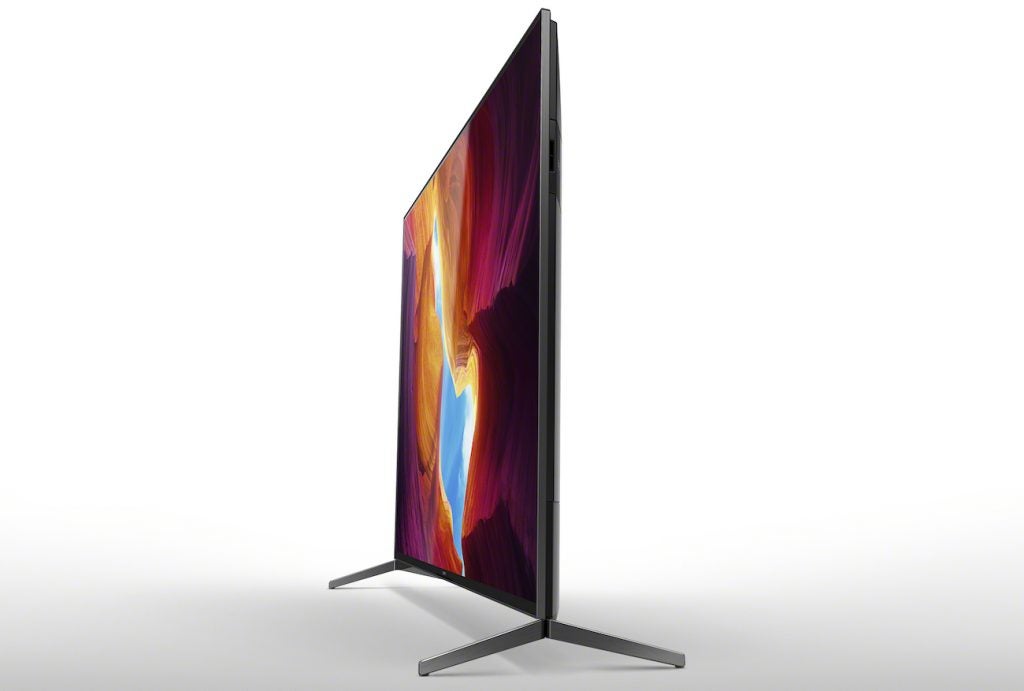Sony KD-65XH9505 Review
If you like your HDR pictures bright and colourful, the talented 65XH9505 has got your back.
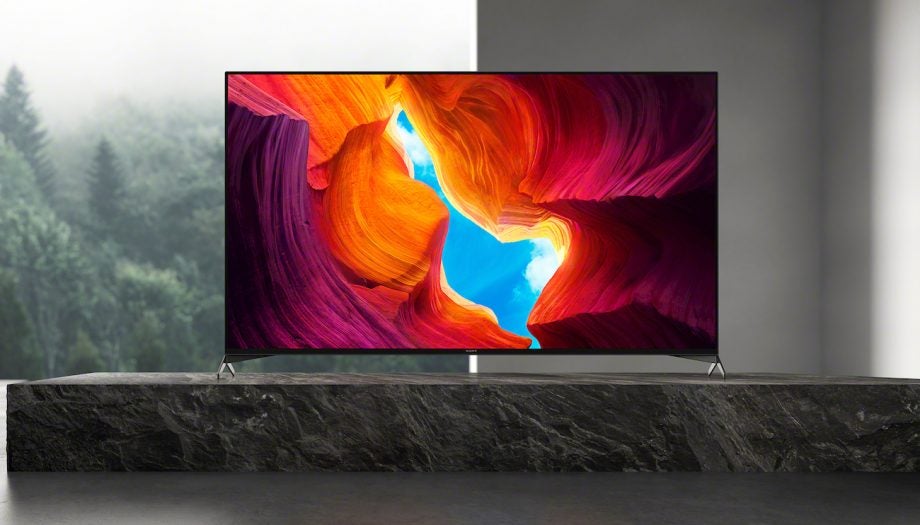

Verdict
It’s a shame the 65XH9505 doesn’t show more interest in next-gen consoles and it might have been nice to see what Sony could have done with a few more dimming zones. Nonetheless this is a seriously good all-round TV. It sounds great, and its aggressive approach to brightness and colour unlocks the potential of HDR like nothing else at this price, something which also makes Sony’s set an especially good option people with bright rooms.
Pros
- Fantastically bright, colourful HDR pictures
- Excellent sound quality
- Strong upscaling and motion handling
Cons
- Some backlight blooming with high-contrast content
- Minor clipping in the most extreme brightness areas
- No 4K/120Hz HDR gaming support
Key specification
- 65-inch 4K LCD TV
- Android TV smart system
- HDR10, HLG and Dolby Vision HDR support
- IMAX Enhanced and Netflix Calibrated support
- Wide Viewing Angle technology
The Sony XH95 (65XH9505) comes packed with a blistering array of features and an impressive HDR performance.
Unless Sony has a surprise in store for the autumn the KD-65XH9505 will be its flagship 65-inch 4K LCD TV for 2020.
A position it earns chiefly thanks to a combination of a FALD (full array with local dimming) panel design, high brightness, and Sony’s X1 Ultimate video processor.
Price and availability
At the time of review the KD-55XH9505 had an RRP of £1999/$1999/€1999/CAD$1999/AUD$2995. In the UK, the price has dropped even further to around £1399 ahead of the incoming 2021 Sony TV range.
In the US and Canada, the XH95 is known as the X950H, while in Australia the model is known as the X9500H.
Design
- Adaptable to your surroundings
- Adjustable feet
- Good remote
- Chunky rear panel
The Sony XH95 can be set up in three ways: hanging on the wall; with its feet attached to its bottom corners; or with its feet positioned towards its centre. In the first two of these configurations it looks sharp, crisp and sophisticated. With the legs positioned towards the centre, though, it can look clumsy and ungainly.
That said, I appreciate Sony providing the option to position the feet closer together. After all, not everybody has a TV stand wide enough for a 65-inch screen.
Neither the frame nor its rear feel particularly robust, and the rear sticks out further than most. From head on and a typical viewing distance, though, neither the build quality nor chunkiness are especially obvious.
AV fans will find the TV’s depth easy to forgive, given that it provides the space for a direct LED lighting system, where the LEDs sit right behind the screen rather than its edges. Direct LED lighting almost always delivers superior picture quality.
The most disappointing thing about the 65XH9505’s design is its lack of cable tidying features, something the previous few Sony TV generations have prided themselves on offering.
The Sony XH95’s remote control is – shock horror – very good. Sony has finally taken on board long-running criticisms of its old remotes, ditching the previous near-flush buttons and ‘concentric circle’ layout in favour of pronounced, responsive buttons and a more comfortable layout. The remote’s finish is crisp and metallic, too, and the buttons are even backlit. Heavens be praised.
Features
- A feature-packed TV, but no 4K/120Hz support
- Full-array local dimming panel
- Netflix Calibrated Mode and IMAX Enhanced support
- Android TV smart interface
The Sony KD-65XH9505’s core picture features are its full-array local dimming LCD panel, high-end processing and high brightness levels.
Looking at these in more detail, the local dimming element is perhaps a bit disappointing in that it only operates across around 60 zones. To put this into context, Samsung’s QE65Q95T uses 120, Samsung’s 75Q950TS 8K TVs use 480, and Sony’s own Backlight Master Drive screens, such as the ZG9, use even more.
That said, experience suggests that how well a TV controls its dimming zones and the light each zone produces can be more important than the actual number of zones being used. So it’s handy that in the 65XH9505’s case that the backlight controls are handled by Sony’s X1 Ultimate processor. This is Sony’s most powerful processor to date, and although it hasn’t apparently been tweaked substantially from 2019’s version, it remains a formidable operator.
Among its most effective features are outstanding upscaling of sub-4K content using a dual database comparison system; Super Bitmapping for removing striping artefacts from subtle colour blends; Sony’s Live Colour and Triluminos colour management systems; Sony’s X-Dynamic Range technology for enhancing contrast via advanced local power management; and object-based SDR to HDR conversion.
The Sony XH95 also gets Sony’s excellent Motionflow processor. This supports some of the most natural frame interpolation processing in the TV world, as well as Sony’s X-Motion Clarity technology. This uses the TV’s FALD lighting to deliver the sort of natural motion associated with Black Frame Insertion (BFI) technology, but without dimming the image as much as BFI usually does.
Unlike its 2019 predecessors, the KD-65XH9505 gets Sony’s X-Wide Angle technology. This tweaks the LCD panel structure so that you can watch it from a wide angle without any reduction in contrast or colour.
The KD-65XH9505 continues Sony’s support for both Netflix Calibrated Mode and IMAX Enhanced content. With the former, the TV automatically adjusts its picture settings to resemble those Netflix uses when mastering its shows and films. The latter means the Sony XH95 has been approved by IMAX as having the picture quality necessary to unlock the full potential of the IMAX Enhanced films available in via Rakuten.TV, FandangoNOW (in the US) and 4K Blu-rays.
While the KD-65XH9505’s picture set up hasn’t changed much from last year’s equivalent model, the sound system has.
Particularly striking is the appearance on the rear of two side-firing, independently powered tweeters. These are intended to help the TV position sounds more accurately within its soundstage. So, say, an explosion takes place in the top right corner, you should hear that sound emanating in the corresponding position in the soundstage.
The KD-65XH9505 also gets a new X-Balanced speaker design. This uses a new rounded-off shape and internal structure to generate more dynamic range and power from the sort of small enclosure flat-screen TVs have to work with.
The 65XH9505’s smart features are provided by Android TV and YouView. YouView is chiefly there to get round the issues Android has with supporting the UK’s key video catch-up apps. It also, though, presents the UK’s terrestrial TV channel catch-up apps in an attractive and easy to browse interface that exists separately to Android’s cluttered and heavy handed homescreen.
As you can probably guess, I’m not Android TV’s greatest fan. But give credit where it’s due, at least the KD-65XH9505 runs Android slickly. The amount of firmware updates and bugs it suffers with is far less onerous than it used to be. Aside from the missing apps covered by YouView, Android TV is a pretty content-rich platform.
There are a few feature areas where the Sony XH95 treads water when we might have hoped for a bit more progress. None of its four HDMI connections support the 4K/120Hz HDR video anticipated for the next-gen consoles. Nor is there any support for automatic game mode switching or variable refresh rates (VRR).
Most other premium TVs from rival brands from 2020 do support these game-related features. In fact, bizarrely Sony’s step-down 65XH9005 features at least one HDMI that supports these gaming features!
The only HDMI 2.1 feature the KD-65XH9505 supports is eARC, enabling pass-through of lossless object-based sound formats (such as Dolby Atmos) to AVRs or compatible soundbars.
While the KD-65XH9505 continues Sony’s support for the Dolby Vision, there’s no support for HDR10+.
Sony hasn’t opted to join many of its rival TV brands this year in supporting either the UHD Alliance’s Filmmaker Mode or Dolby Vision IQ. The first of these sets TVs to neutral picture settings reckoned to closely resemble those used by professional mastering monitors. The latter adjusts Dolby Vision sources to compensate for ambient light levels.
Sony’s argument for not bothering with HDR10+/Filmmaker Mode/Dolby Vision IQ is that it backs its own processing to do a better job.
Set-up
- A few adjustments and you’re on your way
- Standard picture mode recommended for SDR
- Standard/Cinema for HDR content
With standard dynamic range sources, I’d recommend the Standard preset with the Live Colour feature to Medium. You should also turn off both the Auto Picture setting and light sensor if you’re watching in a dark room.
The two noise reduction options should be turned off for both SDR and HDR sources. And since Sony favours a slightly soft look to its pictures out of the box, you might want to nudge up the resolution element of the Reality Creation processor to around its 75 setting for 4K HDR, or around 65 with HD SDR.
Note this approach to improving sharpness yields much more wholesome results than just increasing the basic sharpness setting.
With HDR, the Standard and Cinema presets are both perfectly usable, and the main adjustment I’d recommend is choosing the Custom Motionflow mode, and setting Smoothness to 2 and Clearness to 1. Though if you’re feeling lazy, the default Auto setting is actually pretty effective (in that it only generates the occasional unwanted glitch) compared to the default motion modes of pretty much all other TV brands.
Performance
- Impressively bright HDR images
- Potent HDR highlights
- Noticeable blooming
- Dynamic sound
The first thing that hits you about the Sony 65XH9505’s impressive pictures is their brightness. HDR sources radiate off the screen with serious potency. And unusually for an LCD screen with local dimming, this potency is retained with pretty much all HDR content.
Measured on a white HDR window covering 10% of the screen, the 65XH9505 achieves just over 1000 nits in Standard picture mode, and just under 1000 nits in Cinema picture mode. These figures are pretty high, but they don’t really do the TV’s brightness justice.
With real world content, the consistency of the 65XH9505’s brightness both with screen-filling bright images and bright elements of mostly dark shots creates what feels like a more consistently bright, punchy experience than you get with rival screens that boast the same sort of measurable brightness levels.
Even the Samsung 65Q95T, which produces significantly more measurable brightness than the Sony on the 10% white HDR test window, doesn’t actually feel as consistently bold and bright as the 65XH9505 does. Why? Because unlike the 65Q95T, the Sony doesn’t dim down bright highlights of dark scenes as much as the Samsung does.
Couple the 65XH9505’s strikingly consistent brightness with some exceptionally bright, punchy, high-volume colours, and you’ve got the most consistently aggressive HDR pictures around for less than £2000. And to someone like myself who needs no convincing that brightness is hugely important to a convincing HDR picture, Sony’s approach is seriously easy to love.
The way the 65XH9505 opts not to greatly dim small, bright image elements when they appear against dark backgrounds adds to the immersiveness of its pictures, too. After all, you’re not regularly distracted by aggressive dimming adjustments, or bright objects that look much duller than you can tell they should.
The consistency of the 65XH9505’s brightness means too, that colours don’t lose intensity or volume in dark parts of the picture. And shadow detailing remains high and uniform at all times.
Sony’s colour management ensures that the picture’s extreme vibrancy and brightness doesn’t prevent the set from delivering some exquisitely subtle blends and details.
These are all refreshing things to see on an LCD TV. This is a premium LCD TV that isn’t ashamed to make the most of its natural strengths.
As noted in the Set-Up section, the Sony 65XH9505 doesn’t put quite as much emphasis on sharpness with native 4K as some rivals do. But the refinement of Sony’s colour handling and shadow detailing ensures 4K sources still look definitively 4K. And the Reality Creation system’s resolution element can bolster the sharpness if you want without the picture starting to look forced.
Sony’s MotionFlow processing plays its part in the detailed but natural feel of the 65XH9505’s images. On its relatively low-powered settings it takes the edge off judder without either generating unwanted digital side effects or making movies look too smooth for comfort.
The Sony 65XH9505’s upscaling of sub-4K sources is as exceptional as usual. The balance the upscaling strikes between adding sharpness and texture without exaggerating source noise or over-egging edges or highlights is perfectly judged.
The set even manages to convert SDR to HDR very effectively – something other brands struggle to do convincingly.
Despite its fondness for brightness, the 65XH9505 can still produce good black colours too. This is particularly nice to see given that the 65XH9505 carries Sony’s X-Wide Angle technology – a system that’s previously caused contrast issues. As you’d hope, X-Wide Angle continues to deliver a much wider effective viewing angle than most LCD TVs.
The 65XH9505’s fascination with brightness does come with a couple of repercussions, though. First, the picture can suffer with blooms of backlight clouding around stand-out bright HDR objects. While this blooming is quite faint, it can stretch for some distance beyond the edges of the bright object.
More often than not the 65XH9505’s intensity stops your eye from dwelling on the faint blooming. The issue can also be largely neutered if you retain a little lighting in your room, rather than going full black out. The blooming is, though, more prominent than it is on LCD TVs which deploy more aggressive anti-blooming counter-measures. These include Samsung’s 65Q95T, which opts to reduce the brightness of highlight areas of dark pictures quite heavily to keep backlight blooming at bay.
The 65XH9505’s blooming is at its most noticeable when it seeps into the black bars you get above and below wide aspect ratio films. Especially if a bright picture object near the black bars moves across the screen, taking the blooming in the black bars with it.
Situations that throw up the black bar blooming problem are relatively rare. As a result, I think many AV fans will still be willing to overlook the issue in return for the 65XH9505’s consistent brightness and dynamism. It would be great, though, if future Sony FALD TVs found a way of keeping the black bars black.
One other smaller issue with the 65XH9505’s pictures is they can lose a little subtle toning and detail in the very brightest parts of HDR images. I really am, though, only talking about the most extreme stuff here; direct shots of the sun and so on. The Sony XH95 actually outperforms most rivals with the majority bright HDR content. For instance, you can actually see more light range and subtlety in clouds that appear around sunsets, even if the sun itself looks a little bleached out.
The 65XH9505’s punchy, dynamic pictures are joined by equally punchy, dynamic sound. The new separated tweeters help the TV deliver an impressively large soundstage that casts a healthy distance to the left and right of the screen. Even better, the quality of the tweeters ensures there are plenty of tightly controlled spot effect details in the TV’s wall of sound, bringing even the densest mixes to clean, clear life.
The new X-Balanced main speakers, meanwhile, live up to their billing by producing seriously impressive volume and bass without sounding muddy or collapsing into distortion.
If I had to find a fault with the 65XH9505’s sound, it’s that it projects more sideways than forwards in the room. This is a small complaint in the context of what’s an excellent audio performance.
You should buy if…
-
You want to unleash HDR’s potential
If you want a sub-£2,000 TV that really unlocks the colour and brightness benefits of HDR, the Sony XH95 is hard to beat.
-
You watch TV in bright rooms
Its brightness is especially useful in rooms where there’s typically some level of ambient light.
-
You don’t watch TV head-on
Its wide viewing angle support will also make it a winner for rooms with awkward seating positions.
You shouldn’t buy if…
-
Blooming distracts you
Samsung’s QE65Q95T delivers higher levels of peak brightness and more consistent, blooming-free black levels.
-
You want a set with the latest gaming features
The XH95 doesn’t have any of the new gaming features such as VRR and 4K@120Hz, for the PS5 or Xbox Series X.

